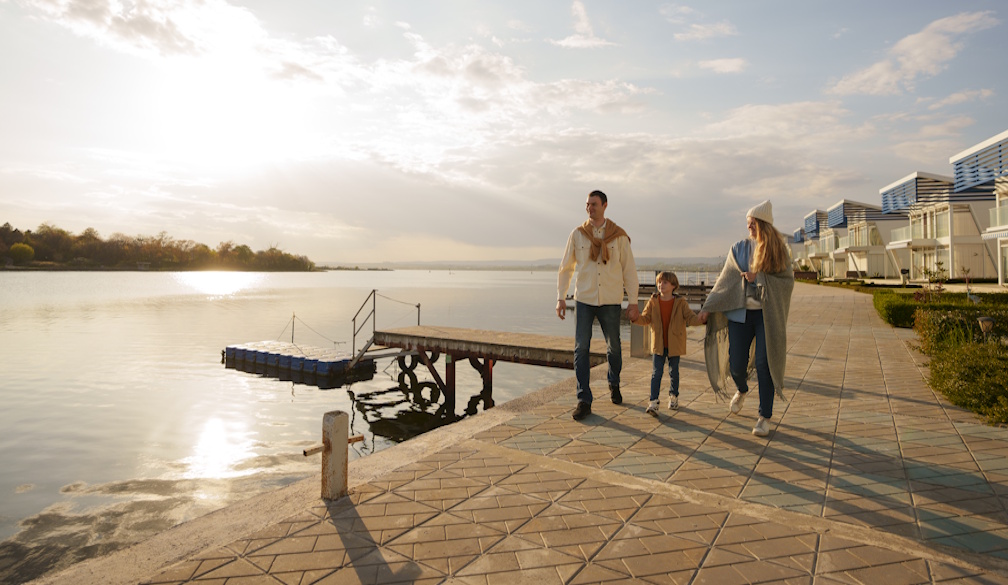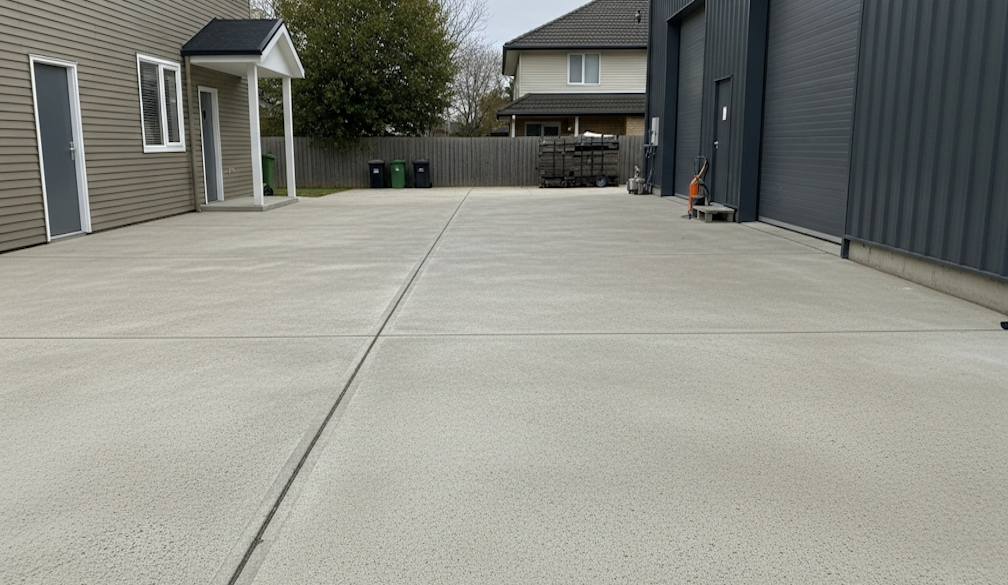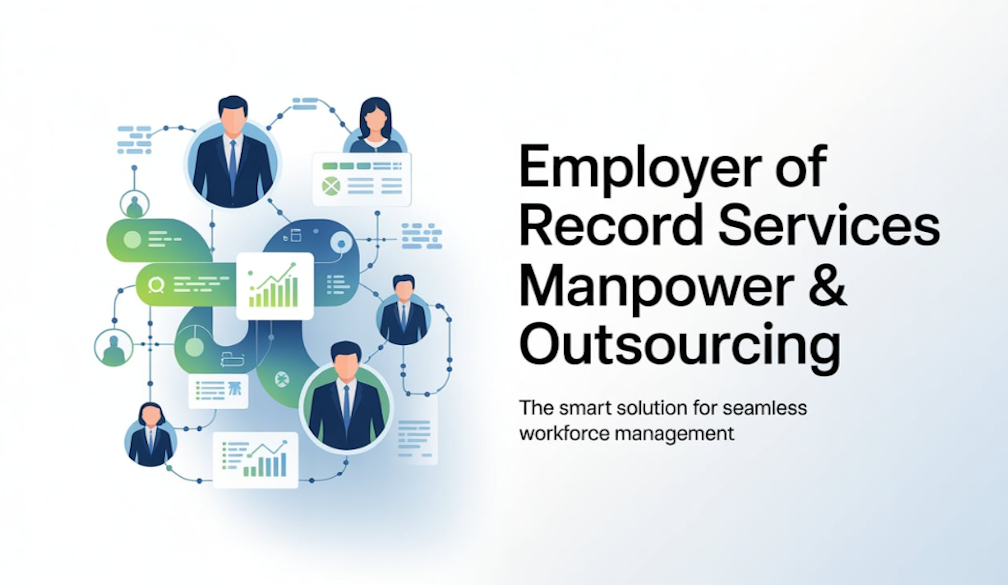Insurance is unaffordable for some, but it's middle Australia that is underinsured
- Written by Kate Isabel Booth, Senior Lecturer in Human Geography and Planning, University of Tasmania
House and contents underinsurance looks like a problem in need of a solution. It is estimated around half of Australians don’t have an insurance policy that fully covers their assets. Without insurance, households are unable to “bounce back” after a disaster or emergency event.
A lack of insurance has been associated with issues of affordability. It has been assumed that households suffering financial hardship and disadvantage are at risk of being underinsured. If their property is lost or damaged, underinsurance would lead to hardship and disadvantage becoming more entrenched.
But emerging research in Australian cities shows that rental status rather than socio-economic disadvantage is a driver of underinsurance. The prevalence of “middle Australian” renters who don’t have contents insurance is challenging the idea that affordability is the real issue.
Read more: The shocking truth about insurance. We pick bad policies even with good information
What are the risks for renters?
Renters appear low risk. For these people, a disaster or emergency event might involve a loss of personal possessions but not of a housing asset. But, following a disaster, renters can face eviction, homelessness or be forced to live in a damaged property.
A renter we interviewed described being evicted on the morning after Hobart’s recent floods:
We were wondering about temporary accommodation, whether they would put us up until we found a new place to live … They said that that was under contents insurance, which was our responsibility, and the house insurance just covers the house.
Unable to find a new rental, he and his friends couch-surfed for six weeks. “It was really quite stressful … not knowing where we were going to go.”
Another renter stayed in her flood-damaged house and found the lack of communication about repairs frustrating.
We’re trying to keep the communication going, like taking photos of things as they deteriorate … This massive fungus grew from the wall and we were like ‘Here, this is what’s happening in the bathroom’ … but not getting any response back.
With an increasing number of households in the rental market in Australian cities, exactly how insurance interacts with rental experiences merits a closer look.
Read more: Ideas of home and ownership in Australia might explain the neglect of renters’ rights
Where does climate change come into it?
Our findings also show that households aren’t making the connection between insurance and climate change. Despite a predicted increase in impacts, Australians generally assume that disasters will not affect the price of insurance.
In response to new risk modelling, parts of cyclone-prone northern Australia have experienced rising premiums – 350% increases for strata properties in the case of Port Hedland]. Unmitigated flood threats in New South Wales and Queensland have resulted in significant price increases or even in insurance becoming unavailable.
Households in rural and regional areas are more likely to be insured than those in cities. Previous research suggests this is because rural residents are more attuned to environmental conditions. In cities, residents can feel less connected and less exposed to environmental changes.
Australian cities are becoming denser and losing greenery, which might contribute to declining environmental awareness. Cues from plants are important drivers of people’s perceptions of environmental change. In one study, the presence of dead pot plants was found to strengthen belief in global warming.
Read more: We're investing heavily in urban greening, so how are our cities doing?
Other visible clues to the environmental changes happening in our cities may also be hidden by engineered solutions such as the enclosure of watercourses in stormwater drains. As one of the renters affected by the Hobart flooding said, the risk “hadn’t really crossed my mind. It just seemed like quite a tame climate.”
What are the implications?
Uninsured or underinsured households lack the self-sufficiency that frees governments from significant spending on recovery. Unsurprisingly, governments are aiming to improve insurance coverage to lessen vulnerability and build resilience. Underinsurance is seen as a social welfare issue and appears to draw attention to the need for improved financial literacy.
Read more: Lessons in resilience: what city planners can learn from Hobart's floods
Submissions to the Financial Services Royal Commission highlight some issues that householders face when dealing with insurance. But there is more to understanding how households think about insurance and why so many are underinsured.
Our research illustrates how rapid urban change is likely affecting insurance uptake. Those living in disadvantage are at risk, but underinsurance must be uncoupled from simple assumptions about affordability. How renters fare when property is destroyed or damaged appears significantly different from home owners, but no less problematic.
If house and contents insurance is to help in “bouncing back” from disaster events, we need to know more about this and about urban environmental awareness.
Authors: Kate Isabel Booth, Senior Lecturer in Human Geography and Planning, University of Tasmania



















